Sport Sociology Assignment: Gender, Race, and Media Representation
VerifiedAdded on 2022/09/14
|7
|1167
|20
Report
AI Summary
This report delves into the sociological aspects of gender and race within the realm of sports, focusing on how female athletes, particularly black sportswomen, have been objectified and subjected to societal inequalities. The assignment examines the historical context of sexism and racism in sports, highlighting how media representation has contributed to these issues. It references scholarly articles to analyze the principles, techniques, and limitations of research in this field, linking the findings back to course materials to demonstrate a comprehensive understanding of the subject. The report also explores the impact of third-wave feminism and social media in challenging and reshaping the portrayal of female athletes, emphasizing the ongoing struggle for equal respect and fair treatment within the sports industry. The report references key authors like Cooper, Macaulay and Rodriguez, Harrison, Lawrence and Bukstein, Adjepong and Carrington, Thorpe, Toffoletti, and Bruce, and Peeters and van Sterkenburg to support its arguments and analysis, and includes the assignment brief that required the student to find journal articles and link the findings back to the unit material.
1 out of 7
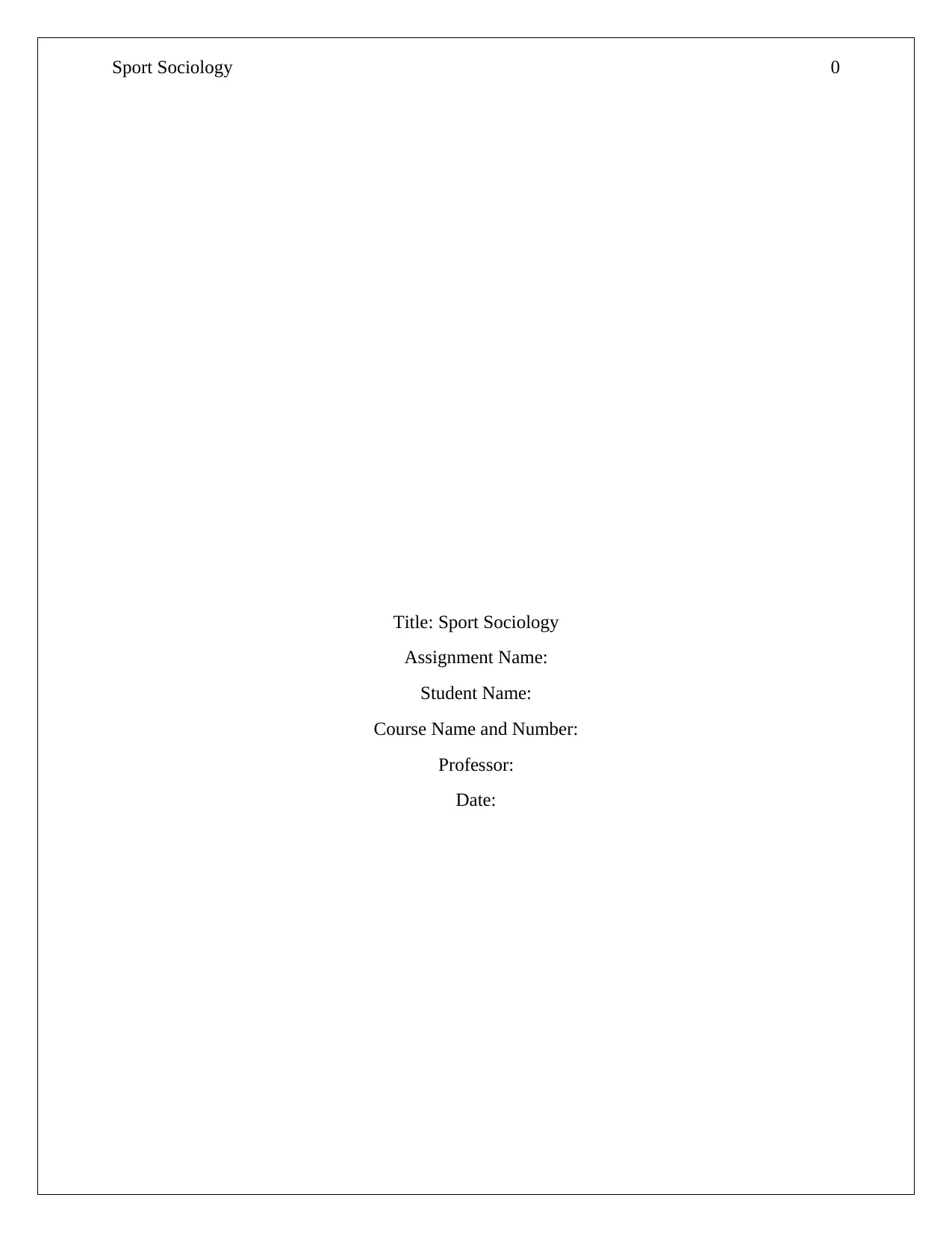

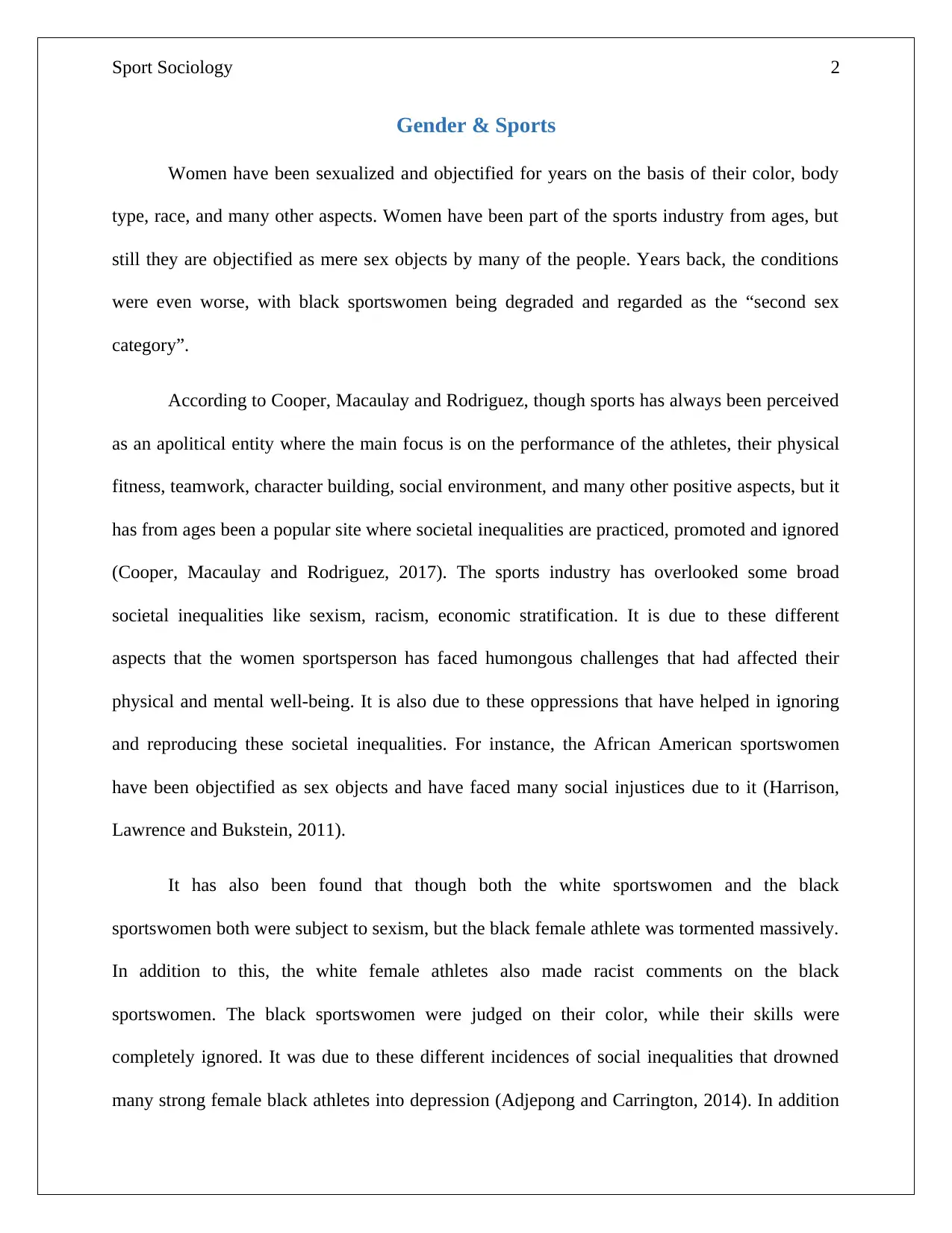

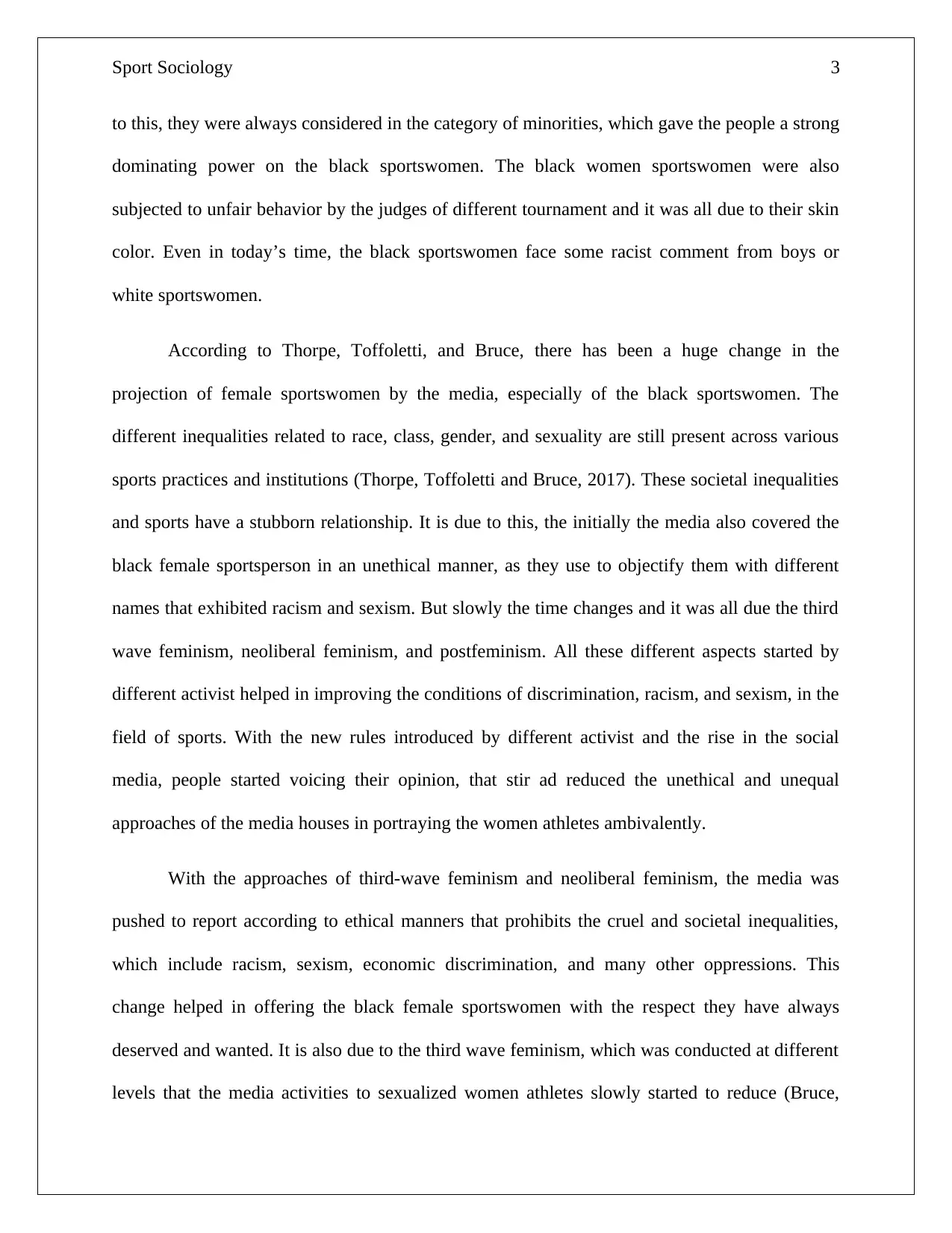
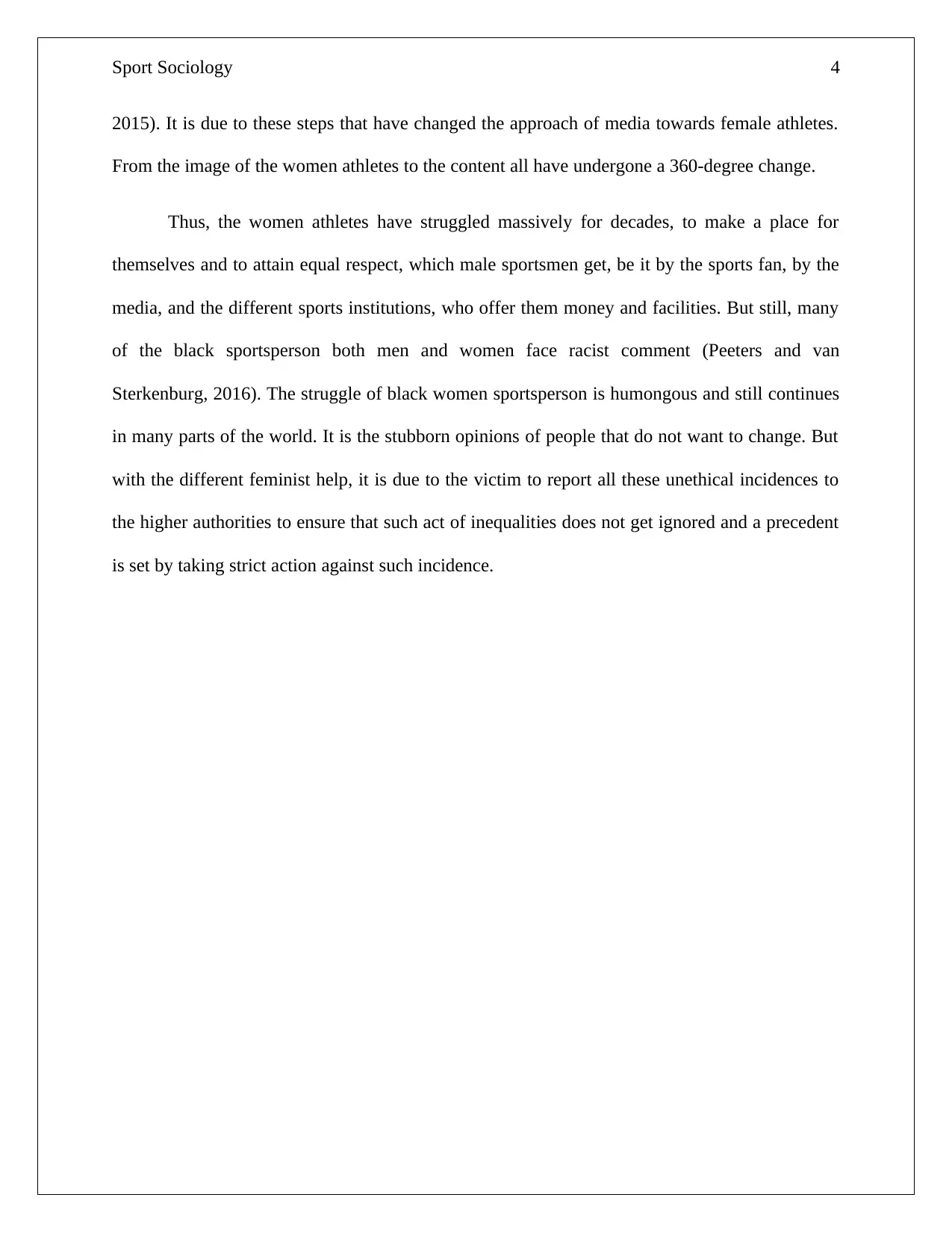
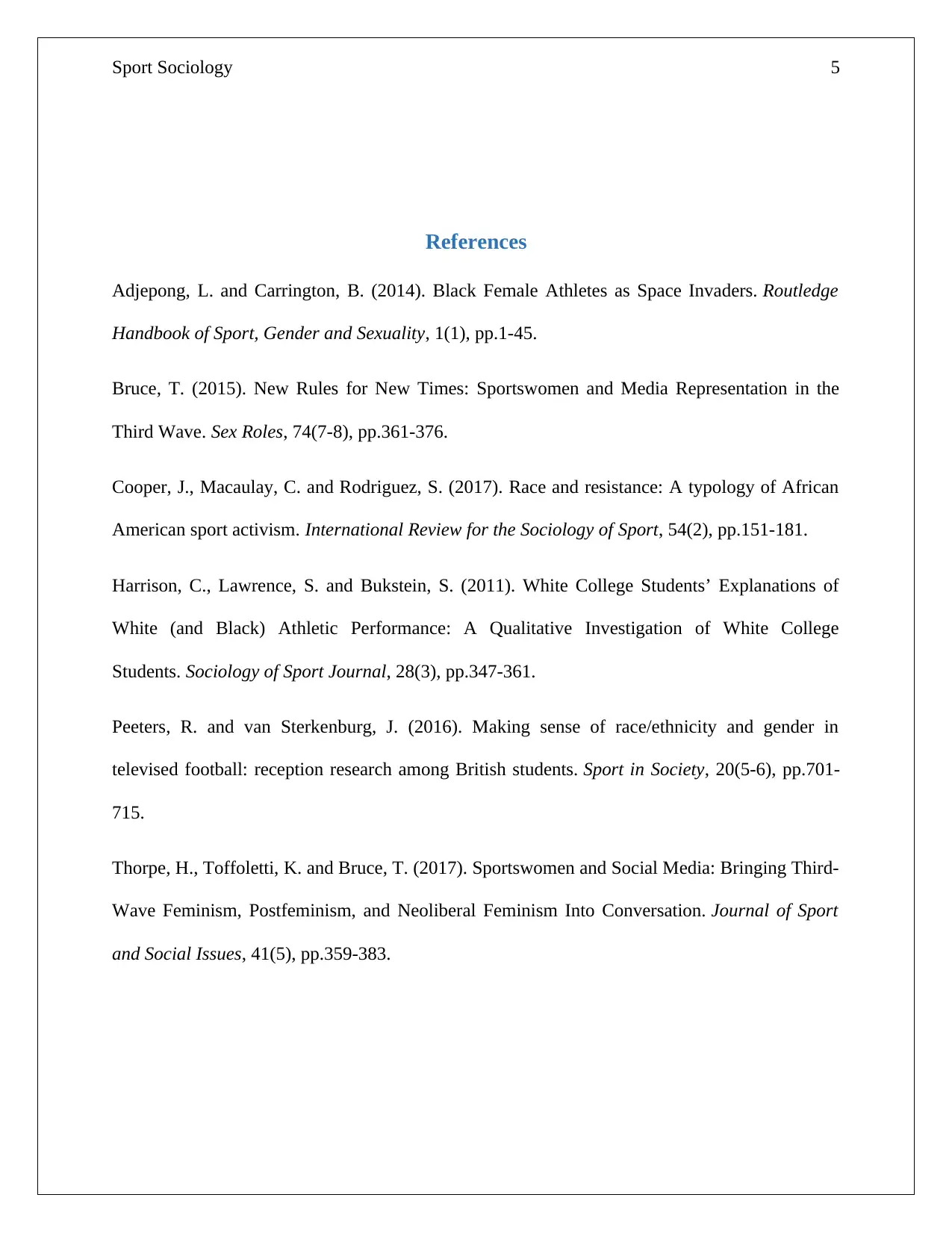
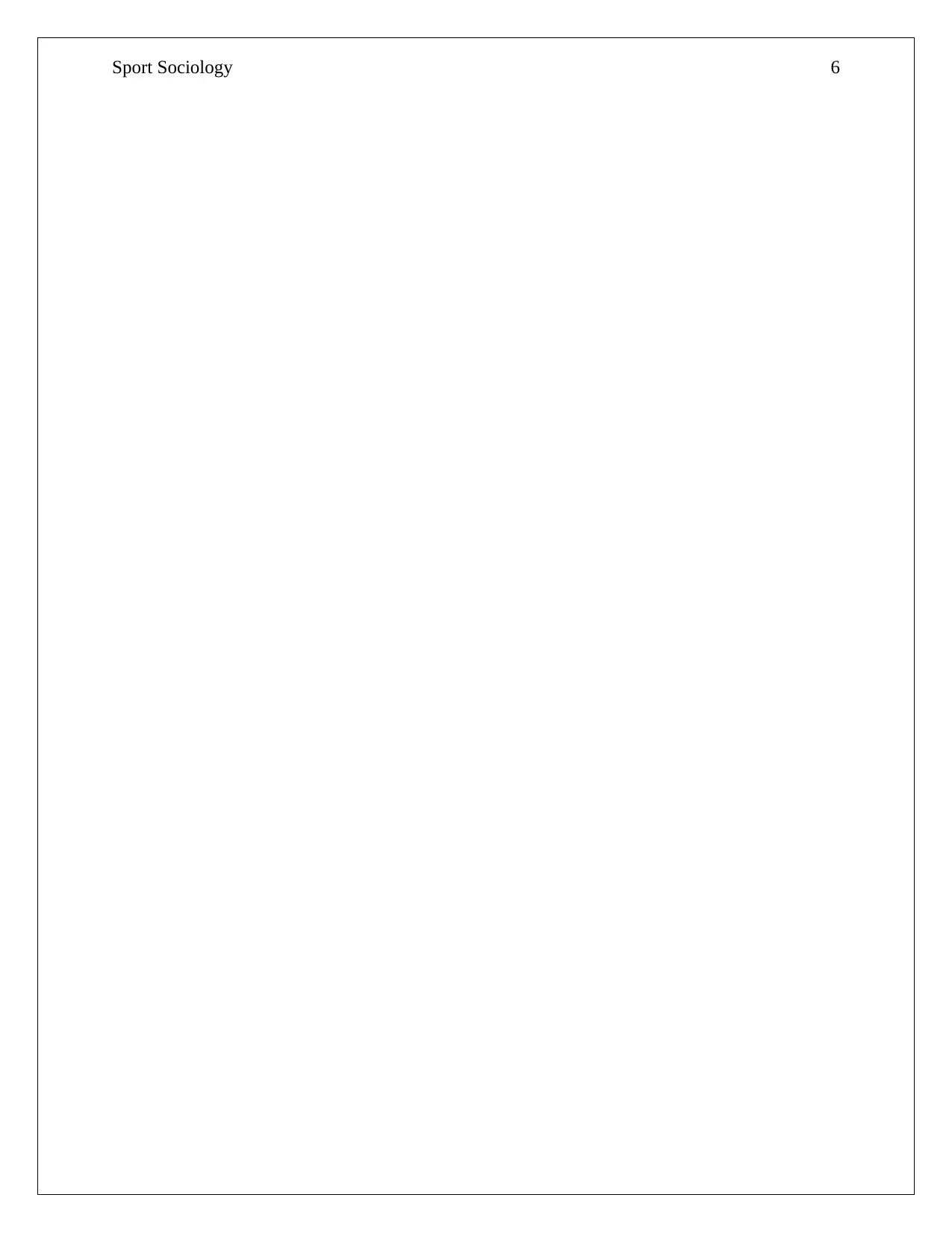
![[object Object]](/_next/static/media/star-bottom.7253800d.svg)